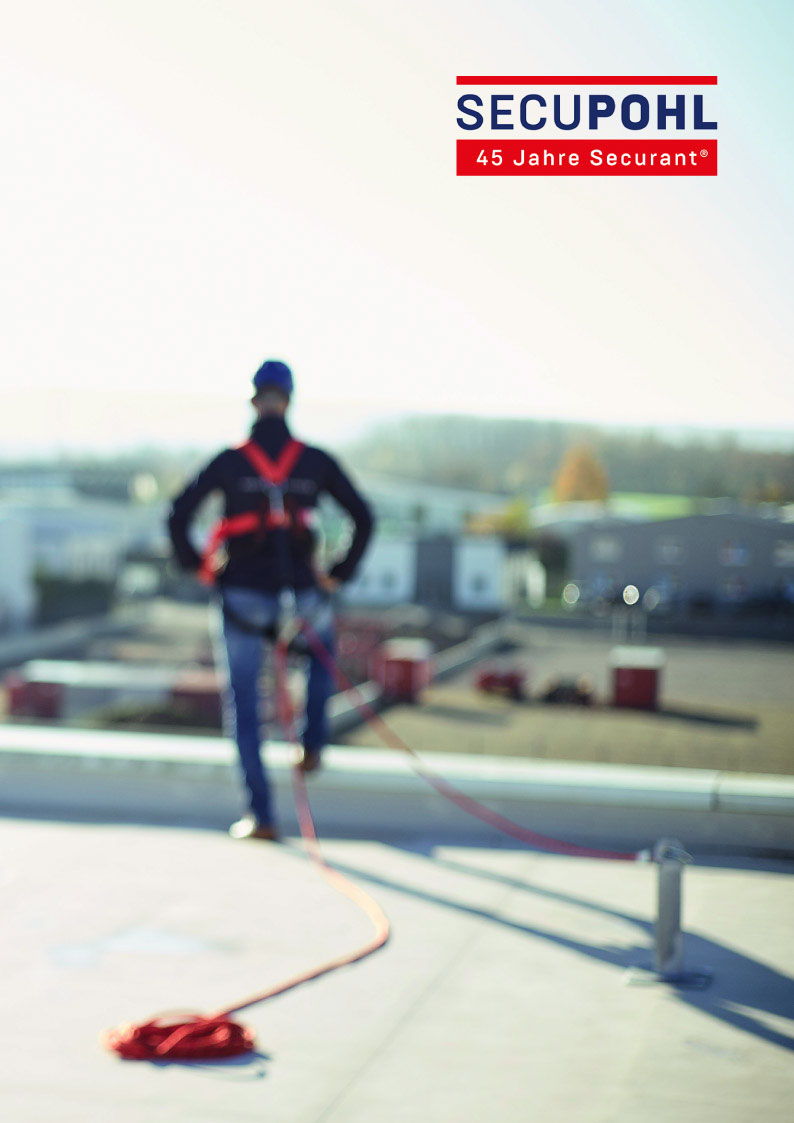From the manufacturer of the original
Fall protection
Fall protection is a structural or technical product that prevents people from falling during maintenance, repairs and inspections on the roof.
Anchor points
Collective protection
Anchor points
Cable and rail system
Collective protection
PPE
Danger zones
equipment
The anchor points / fall protection from SKYLOTEC GmbH enable people with personal protective equipment (PPE) to secure themselves stationary in areas at risk of falling when working on roofs - with the greatest freedom of movement.
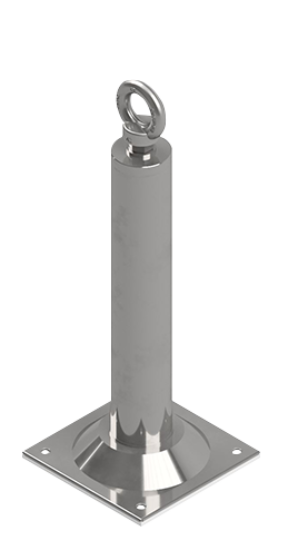
Securely roped up: SKYLOTEC’s fall protection solutions offer the greatest possible flexibility. Because the systems function as continuous systems, maximum user-friendliness and the largest possible radius of movement are guaranteed with the rope and rail safety systems from SKYLOTEC.
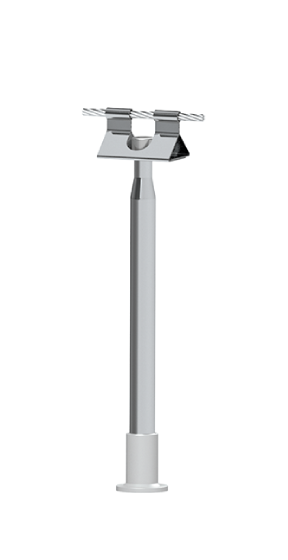
Collective protection is a technical measure that protects people from falling into the depths, regardless of their equipment, training or behavior. The guardrails are permanently installed, fixed with weights as a self-supporting variant or integrated into the green roof with appropriate ballast plates.
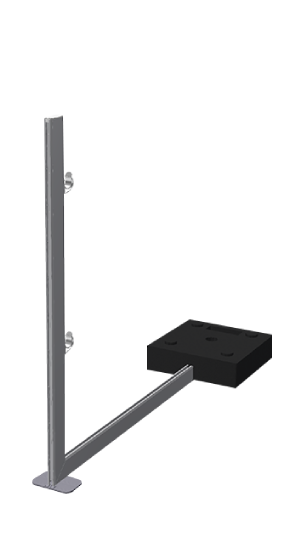
The personal fall protection system consists of a body holding device that is reliably connected to an anchorage by a fastening system (lanyards, height safety devices, anchorage device). Restraint systems, systems for rope-assisted work, fall arrest systems and rescue systems are among the personal fall protection systems.
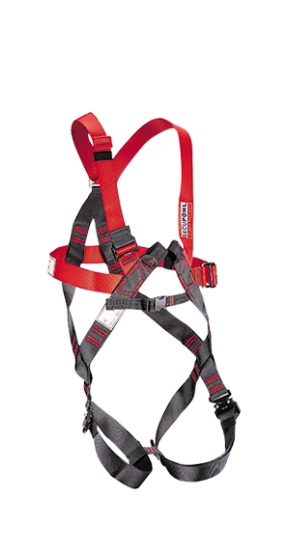
- Accessories for marking and securing danger zones on flat roofs
- Laying takes place 2.50 m from the edge of the roof
- Ladder protection made of stainless steel
- Fuse for ladder
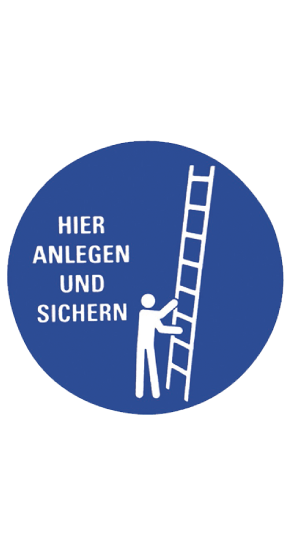
Wide range of accessories. Tools, Kaldomat, Duromat and much more.
Everything you need to install SKYLOTEC fall protection.
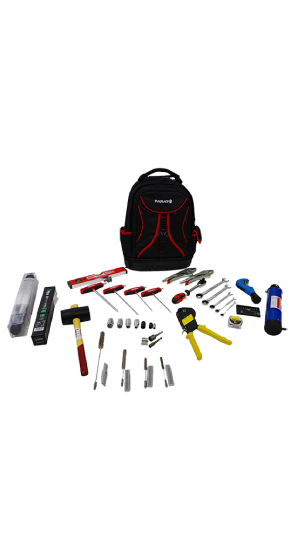
Complete systems
Products for every surface
Push-through mounting
Easily explained
Everything around
Fall protection
Fall protection and everything you need to know about legal requirements, areas of application and quality can be found here at a glance.
What is fall protection, why is it necessary and many more questions arise again and again around the topic. In order to get a good overview and to answer the most frequently asked questions as clearly as possible, you will find an overview of all the most frequently asked questions about fall protection here.
What is fall protection?
The definition from the rules for workplaces describes fall protection as follows:
An inevitably effective device that prevents a fall even without the conscious involvement of the employees.
In general, the word itself describes the function very well. Fall protection is the protection against falls from heights that can be dangerous. The employees should be protected. Regardless of the working height, fall protection is always important when working at heights that can be dangerous in the event of a fall. It doesn't matter whether it is roofs, windows or balconies.
Fall protection systems differ in 2 different forms. Secondary and primary fall protection.
What is the difference between primary and secondary fall protection?
The classifications can be divided into 2 categories:
- Primary fall protection
Primary fall protection refers to safety devices that prevent falls in the various areas. These are, for example, railings on flat roofs or other dangerous areas. This type of fall protection should protect many people as well as possible and prevent them from entering dangerous areas in the first place.
- Secondary fall protection
Secondary fall protection, on the other hand, is designed to intercept the fall in the event of a fall and thus prevent injuries to people or damage to materials. With this form of fall protection, safety systems are mostly used for the respective people or materials. Among other things, these are safety systems, with the help of safety ropes or fixed points that are connected with a rope and can thus intercept the fall.
Who needs fall protection?
Fall protection is necessary whenever workers work at heights at which falls can cause dangerous consequences. There is a multitude of work to be done, mostly maintenance work that requires fall protection. Above all, work on flat roofs, on balconies or on windows at great heights are among these types of work.
When is fall protection needed?
When exactly fall protection is required by law depends on many factors and cannot be answered across the board. In many areas there are separate regulations, which in turn depend on various factors. The height regulations differ and are not fixed and precisely defined.
In general, fall protection must be available regardless of the height if:
- Work on and above the water takes place.
- Work on and over other liquid substances take place.
In addition, the regulations prescribe height information such as:
- At wall openings or open stairwells, from a height of 1 meter.
- In all other areas from a working height of 2 meters.
As already mentioned, the height regulations are not stipulated, but can also be influenced by other factors. Factors that can affect the need for fall protection include:
- the difference in altitude
- the distance to the edge of the fall
- the nature of the subsurface
- how many people should be protected
- the ground below the edge of the fall
What is fall protection important for?
The need for fall protection is primarily to prevent serious falls with dangerous and serious consequences for workers. Precisely for this reason, fall protection systems are also required by law in many areas.
However, an emergency is not the only need for fall protection, because working at great heights can be very stressful for the workers. With the abyss behind your neck, it is difficult to concentrate on the actual work and to be able to do it conscientiously and quickly. Fall protection systems are also very helpful for well-being, the stress level and good, high-quality work, so workers can concentrate on their work, as the fall protection system gives a feeling of security and does not cause excessive stress.
For safe and stress-free work, it is not only the installation that is important, but also the constant maintenance and checking of the fall protection, so that full functionality can be ensured at all times.
What is good fall protection planning important for?
In order to be able to guarantee the best and highest level of safety, it is particularly important to deal with the various functions and services of the fall protection systems when planning a fall protection system. Because the different fall protection systems have different services and functions and must be tailored to the respective locations and conditions for the best level of occupational safety.
In order to achieve the best fall protection, it is important to deal with a few elementary questions during the planning phase.
- Is it possible to set up general protection against falls or is the work area designed in such a way that individual fall protection must be installed?
- Individual protection can be in 2 categories, as a restraint system or as fall protection. It is important to take a close look at the circumstances and to select the optimal variant based on the circumstances in order to ensure the best protection.
- The conditions on site determine which systems can be used or whether there are fall protection devices that cannot be used due to the conditions. Because the different systems also require different requirements.
In order to achieve the best fall protection, it pays to involve professionals in the planning stage, they can determine the optimal composition of the various systems and thus ensure the best fall protection.
How can the quality of the fall protection system be checked?
There are special seals and specifications that are legally required for the quality and safety that the various fall protection systems must have. Make sure that the various fall protection systems comply with these guidelines:
- Anchor devices that may be used in Germany must have the seal AE feature. This seal is awarded by the German Institute for Building Technology. This seal ensures that all important safety guidelines have been complied with.
- Personal protective equipment is subject to the various DIN standards that ensure that the minimum quality has been observed. Relevant DIN standards in this area are primarily DIN EN354: 2010 and DIN EN 795: 1996.
Only approved fall protection devices may be used and offer sufficient protection in an emergency. It is particularly important to adapt the fall protection to the respective area.

